Cover
Springer Series in Operations Research
and Financial Engineering
Introduction to Stochastic Programming, Second Edition
ISBN 9781461402367
Preface
Preface to the First Edition
Contents
Notation
Part I:
Models
Chapter 1: Introduction and Examples
1.1 A Farming Example and the News Vendor Problem
a. The farmer's problem
b. A scenario representation
c. General model formulation
d. Continuous random variables
e. The news vendor problem
1.2 Financial Planning and Control
1.3 Capacity Expansion
1.4 Design for Manufacturing Quality
1.5 A Routing Example
a. Presentation
b. Wait-and-see solutions
c. Expected value solution
d. Recourse solution
e. Other random variables
f. Chance-constraints
1.6 Other Applications
Chapter 2: Uncertainty and Modeling Issues
2.1 Probability Spaces and Random Variables
2.2 Deterministic Linear Programs
2.3 Decisions and Stages
2.4 Two-Stage Program with Fixed Recourse
a. Fixed distribution pattern, fixed demand,ri, vj, tij stochastic
b. Fixed distribution pattern, uncertain demand
c. Uncertain demand, variable distribution pattern
d. Stages versus periods; Two-stage versus multistage
2.5 Random Variables and Risk Aversion
2.6 Implicit Representation of the Second Stage
a. A closed form expression is available for Q(x)
b. For a given x, Q(x) is computable
2.7 Probabilistic Programming
a. Deterministic linear equivalent: a direct case
b. Deterministic linear equivalent: an indirect case
c. Deterministic nonlinear equivalent: the case of random constraint coefficients
2.8 Modeling Exercise
a. Presentation
b. Discussion of solutions
2.9 Alternative Characterizations and Robust Formulations
2.10 Relationship to Other Decision-Making Models
a. Statistical decision theory and decision analysis
b. Dynamic programming and Markov decision processes
c. Machine learning and online optimization
d. Optimal stochastic control
e. Summary
2.11 Short Reviews
a. Linear programming
b. Duality for linear programs
c. Nonlinear programming and convex analysis
Part II:
Basic Properties
Chapter 3: Basic Properties and Theory
3.1 Two-Stage Stochastic Linear Programs with Fixed Recourse
a. Formulation
b. Discrete random variables
c. General cases
d. Special cases: relatively complete, complete,and simple recourse
e. Optimality conditions and duality
f. Stability and nonanticipativity
3.2 Probabilistic or Chance Constraints
a. General case
b. Probabilistic constraints with discrete random variables
3.3 Stochastic Integer Programs
a. Recourse problems
b. Simple integer recourse
c. Probabilistic constraints
3.4 Multistage Stochastic Programs with Recourse
3.5 Stochastic Nonlinear Programs with Recourse
Chapter 4: The Value of Information and the Stochastic Solution
4.1 The Expected Value of Perfect Information
4.2 The Value of the Stochastic Solution
4.3 Basic Inequalities
4.4 The Relationship between EVPI and VSS
a. EVPI = 0 and VSS =0
b. VSS = 0 and EVPI=0
4.5 Examples
4.6 Bounds on EVPI and VSS
Part III:
Solution Methods
Chapter 5: Two-Stage Recourse Problems
5.1 The L-Shaped Method
a. Optimality cuts
b. Feasibility cuts
c. Proof of convergence
d. The multicut version
5.2 Regularized Decomposition
5.3 The Piecewise Quadratic Form of the L-shaped Methods
5.4 Bunching and Other Efficiencies
a. Full decomposability
b. Bunching
5.5 Basis Factorization and Interior Point Methods
5.6 Inner Linearization Methods and Special Structures
5.7 Simple and Network Recourse Problems
5.8 Methods Based on the Stochastic Program Lagrangian
5.9 Additional Methods and Complexity Results
Chapter 6: Multistage Stochastic Programs
6.1 Nested Decomposition Procedures
6.2 Quadratic Nested Decomposition
6.3 Block Separability and Special Structure
6.4 Lagrangian-Based Methods for Multiple Stages
Chapter 7: Stochastic Integer Programs
7.1 Stochastic Integer Programs and LP-Relaxation
7.2 First-stage Binary Variables
a. Improved optimality cuts
b. Example with continuous random variables
7.3 Second-stage Integer Variables
a. Looking in the space of tenders
b. Discontinuity points
c. Algorithm
7.4 Reformulation
a. Difficulties of reformulation in stochastic integer programs
b. Disjunctive cuts
c. First-stage dependence
d. An algorithm
7.5 Simple Integer Recourse
a. restricted to be integer
b. The case where S=1, not integral
7.6 Cuts Based on Branching in the Second Stage
a. Feasibility cuts
b. Optimality cuts
7.7 Extensive Forms and Decomposition
7.8 Short Reviews
a. Branch-and-bound
b. A simple example of valid inequalities
c. Disjunctive cuts
Part IV:
Approximation and Sampling Methods
Chapter 8: Evaluating and Approximating Expectations
8.1 Direct Solutions with Multiple Integration
8.2 Discrete Bounding Approximations
8.3 Using Bounds in Algorithms
8.4 Bounds in Chance-Constrained Problems
8.5 Generalized Bounds
a. Extensions of basic bounds
b. Bounds based on separable functions
c. General-moment bounds
8.6 General Convergence Properties
Chapter 9: Monte Carlo Methods
9.1 Sample Average Approximation and Importance Samplingin the L-Shaped Method
9.2 Stochastic Decomposition
9.3 Stochastic Quasi-Gradient Methods
9.4 Sampling Methods for Probabilistic Constraints and Quantiles
9.5 General Results for Sample Average Approximation and Sequential Sampling
Chapter 10: Multistage Approximations
10.1 Extensions of the Jensen and Edmundson-Madansky Inequalities
10.2 Bounds Based on Aggregation
10.3 Scenario Generation and Distribution Fitting
10.4 Multistage Sampling and Decomposition Methods
10.5 Approximate Dynamic Programming and Special Cases
a. Network revenue management
b. Vehicle allocation problems
c. Piecewise-linear separable bounds
d. Nonlinear bounds and a production planning example
e. Extensions
Appendix A Sample Distribution Functions
A.1 Discrete Random Variables
A.2 Continuous Random Variables
References
Author Index
Subject Index
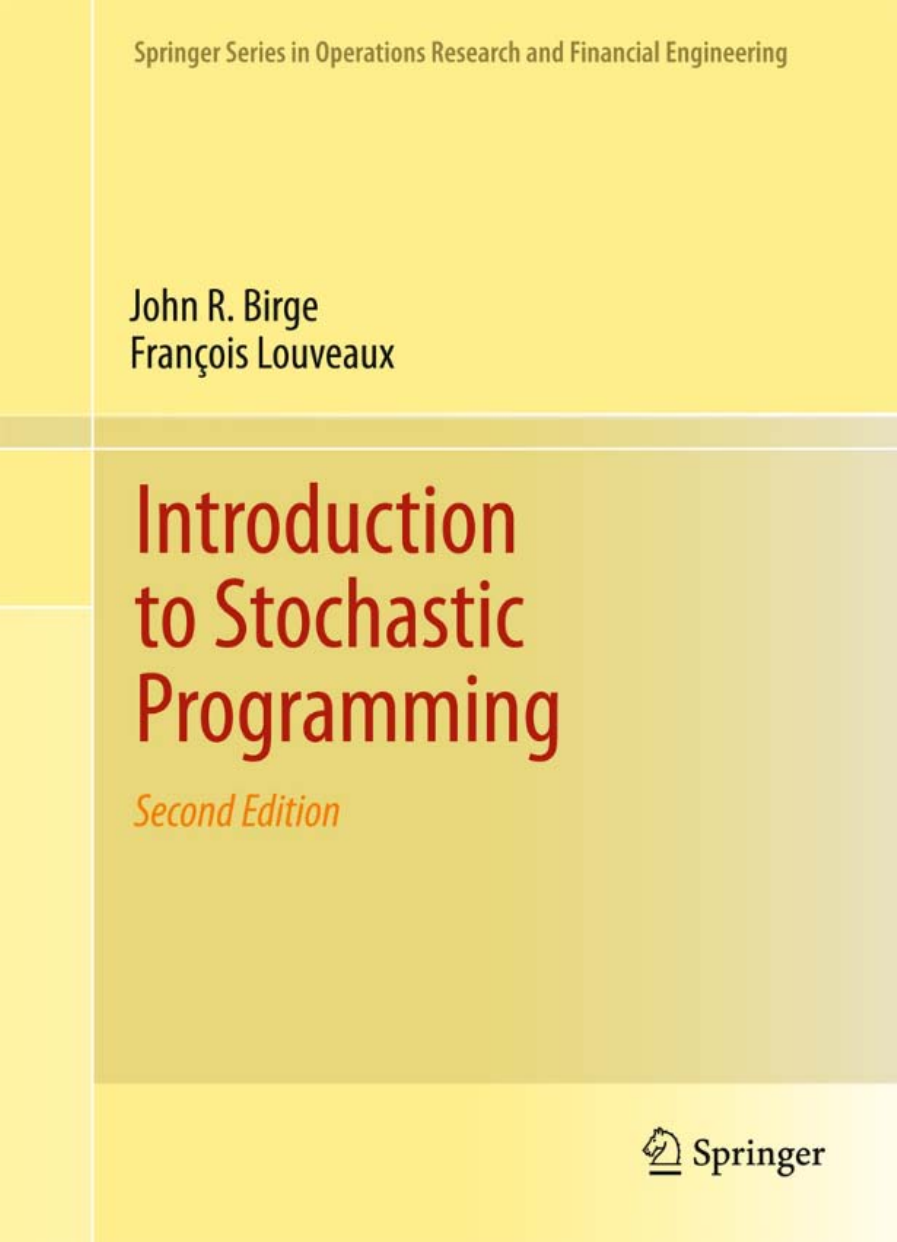


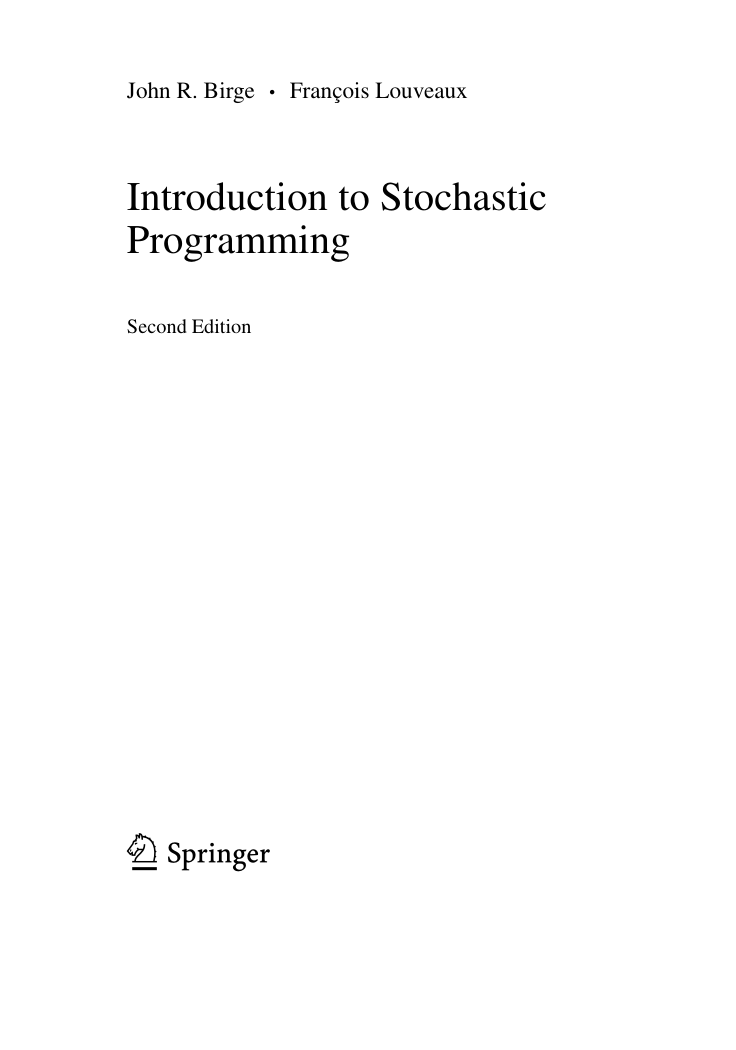
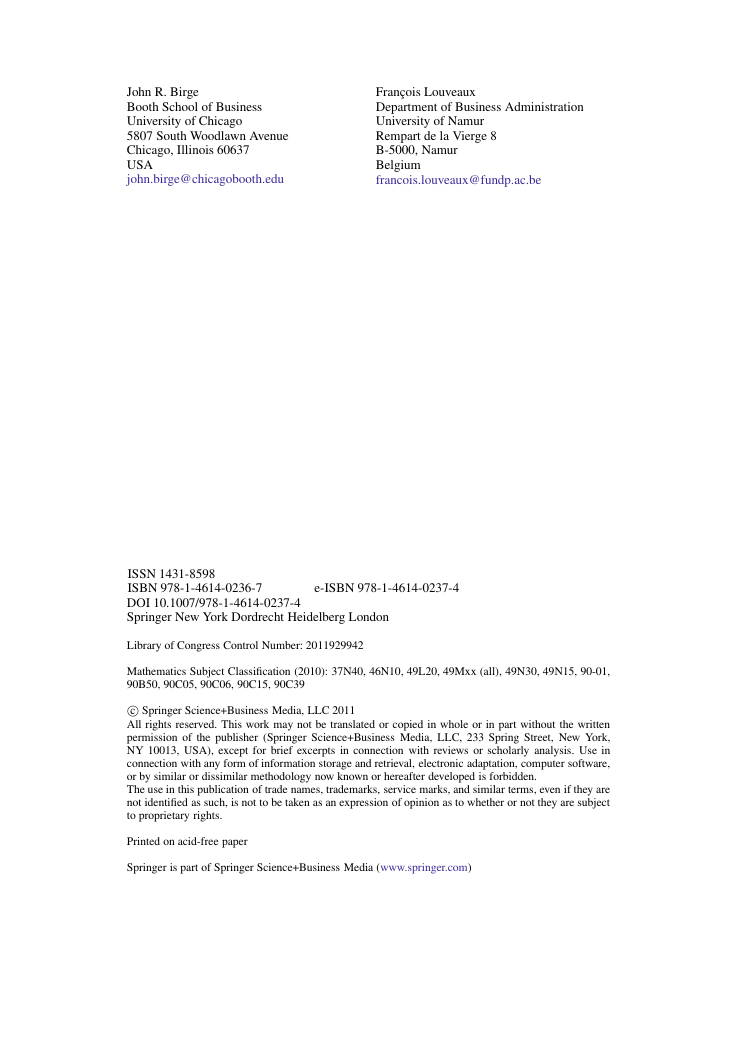
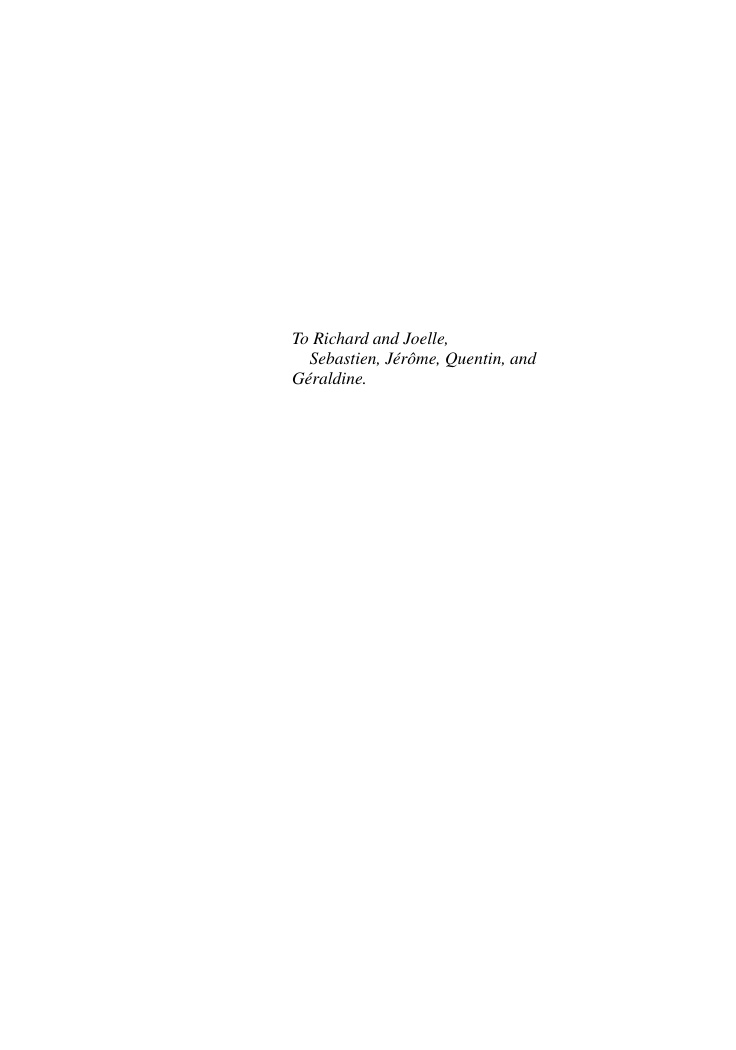

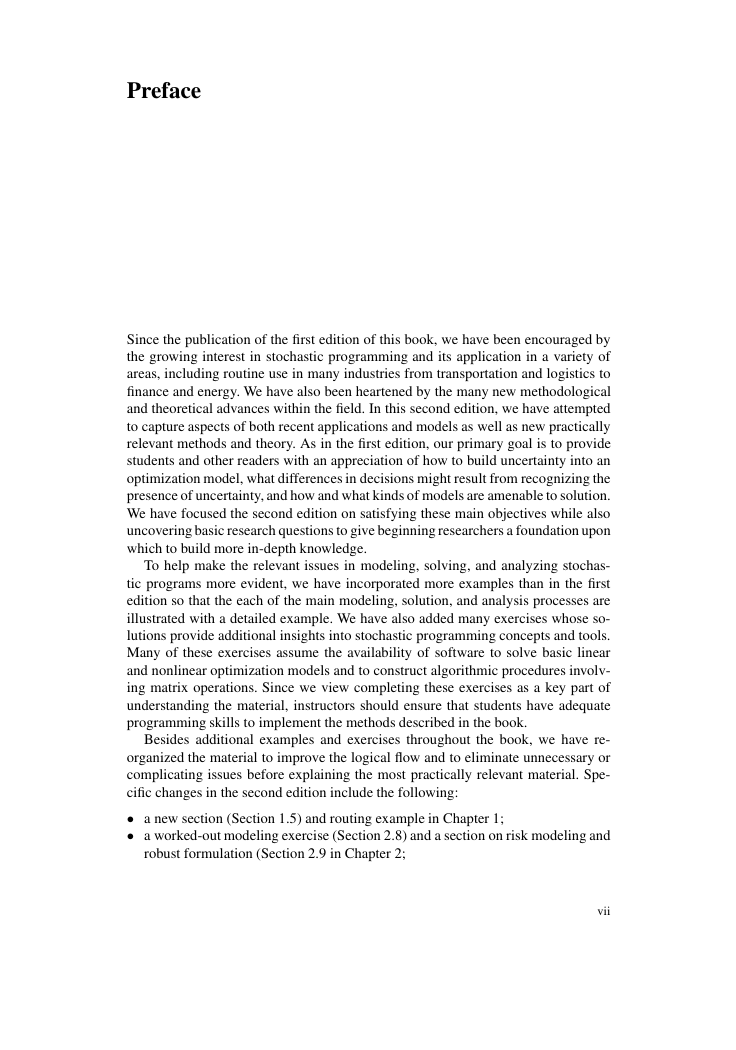








 2023年江西萍乡中考道德与法治真题及答案.doc
2023年江西萍乡中考道德与法治真题及答案.doc 2012年重庆南川中考生物真题及答案.doc
2012年重庆南川中考生物真题及答案.doc 2013年江西师范大学地理学综合及文艺理论基础考研真题.doc
2013年江西师范大学地理学综合及文艺理论基础考研真题.doc 2020年四川甘孜小升初语文真题及答案I卷.doc
2020年四川甘孜小升初语文真题及答案I卷.doc 2020年注册岩土工程师专业基础考试真题及答案.doc
2020年注册岩土工程师专业基础考试真题及答案.doc 2023-2024学年福建省厦门市九年级上学期数学月考试题及答案.doc
2023-2024学年福建省厦门市九年级上学期数学月考试题及答案.doc 2021-2022学年辽宁省沈阳市大东区九年级上学期语文期末试题及答案.doc
2021-2022学年辽宁省沈阳市大东区九年级上学期语文期末试题及答案.doc 2022-2023学年北京东城区初三第一学期物理期末试卷及答案.doc
2022-2023学年北京东城区初三第一学期物理期末试卷及答案.doc 2018上半年江西教师资格初中地理学科知识与教学能力真题及答案.doc
2018上半年江西教师资格初中地理学科知识与教学能力真题及答案.doc 2012年河北国家公务员申论考试真题及答案-省级.doc
2012年河北国家公务员申论考试真题及答案-省级.doc 2020-2021学年江苏省扬州市江都区邵樊片九年级上学期数学第一次质量检测试题及答案.doc
2020-2021学年江苏省扬州市江都区邵樊片九年级上学期数学第一次质量检测试题及答案.doc 2022下半年黑龙江教师资格证中学综合素质真题及答案.doc
2022下半年黑龙江教师资格证中学综合素质真题及答案.doc